Sales enablement is a relatively new term in the world of business. And if this is your first time exploring this concept, welcome!
This is the place for you to find out what it can do for you, identify questions about enablement technology, and learn more about various forms of sales enablement software.
Sales Enablement Defined
So, what exactly is sales enablement? Depending on where you look, the definition might vary, but the general consensus is that it is the process, platform, or tool companies use to enhance their sales processes, increase the effectiveness of sales teams, and close more deals, faster.
Today we are going to be looking at enablement in more detail and explore its impact.
In this article…
- Characteristics of Enablement Platforms
- Sales Enablement vs Sales Operations
- Sales Enablement KPIs
- Why B2B Companies Need Enablement Platforms
- Best Sales Enablement Tools
Characteristics of Sales Enablement Platforms
I like to think about sales enablement as the Walmart of the world of business.
Before the days of Walmart, if you wanted to get food you went to the grocery store, if you wanted clothes you went to a clothing store, and if you wanted appliances there is a separate store for that as well.
But Walmart is a one-stop shop. You can almost find anything you need in a single location, saving time and money.
Like Walmart, sales enablement platforms serve as a one-stop shop for almost all sales-related content.
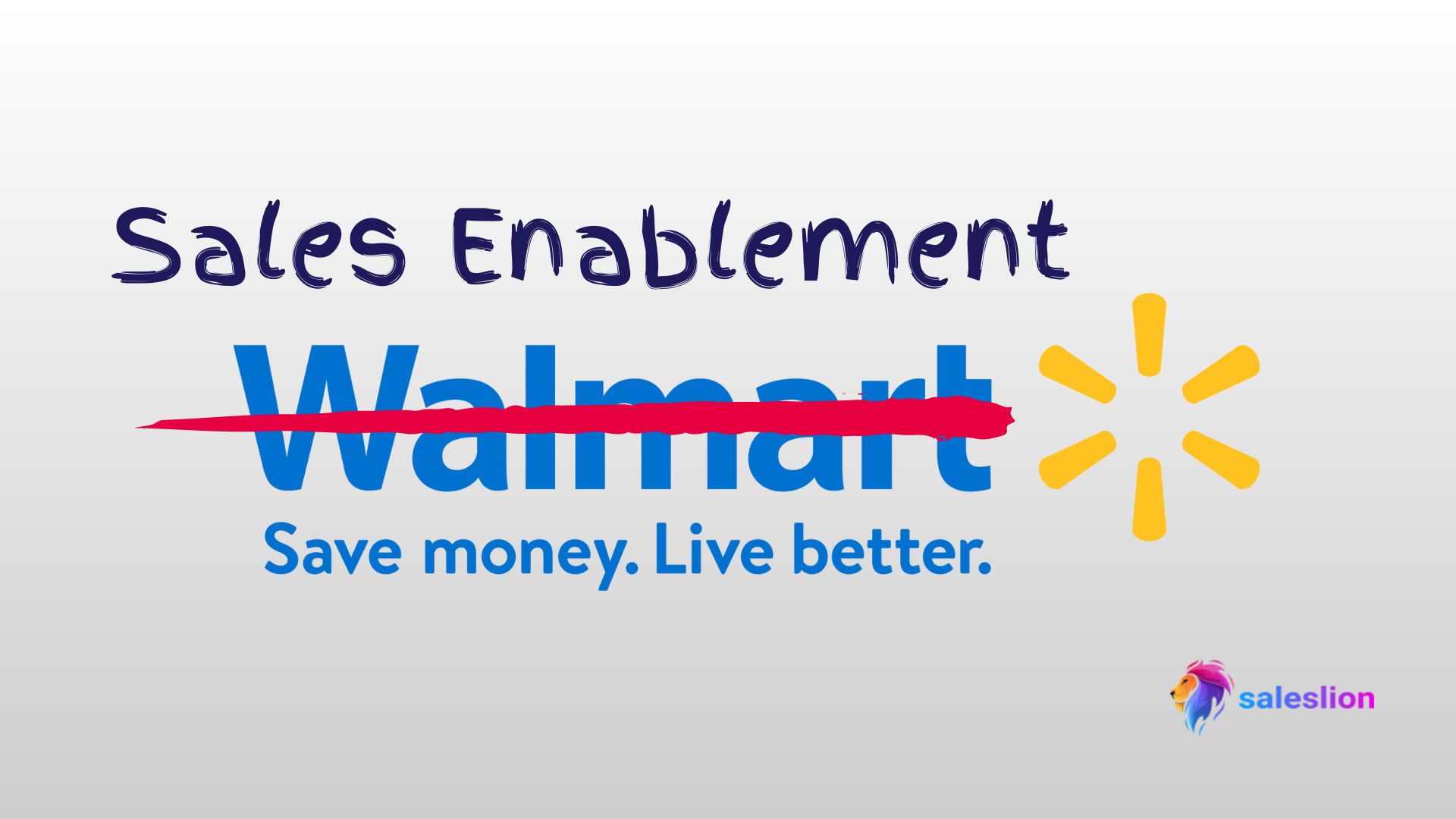
Below are the key characteristics that makeup this sales technology:
Managing Onboarding Processes
Especially in remote locations, it can be challenging to manage new sales reps and onboard them smoothly and efficiently. Enablement tools can assist with that.
By providing sales teams with the information, content, and tools they need to be successful in their roles, sales enablement solutions allow companies to create training materials and resources that help new hires understand their job responsibilities and how to best serve customers.
And according to articles by Highspot and Gartner, enablement platforms also help B2B companies track progress and performance so that can identify areas of improvement for new members of their sales teams and make sales training an ongoing process.
Automating Systems
Collaboration is one of the most effective ways to build an effective sales process. Within sales teams, collaboration can spark innovation, keep everyone on the same page, and create a more effective customer experience.
And the automated systems that sales enablement tools provide help increase team collaboration by streamlining and automating repetitive tasks, allowing teams to focus on more important aspects of the project and boost the efficiency of sales funnel processes.
These automation tools also help communicate progress and eliminate communication errors that can arise from manual processes.
Providing Interactive Spaces
Humans enjoy being entertained. This is a cultural truth that has been with humanity for thousands of years.
So, what better way to meet your team member’s primal desires than to provide them with an engaging way to learn and interact with customers?
And what better way to meet your customer’s primal desires than to provide them with an interactive, memorable, and enjoyable sales experience?
Sales enablement platforms provide an important interactive element to the sales process. From sales gamification (example below) for team members to features that can be moved and manipulated by customers as they use the platform, providing interactive spaces to communicate and work is extremely important to the success of the sales process.
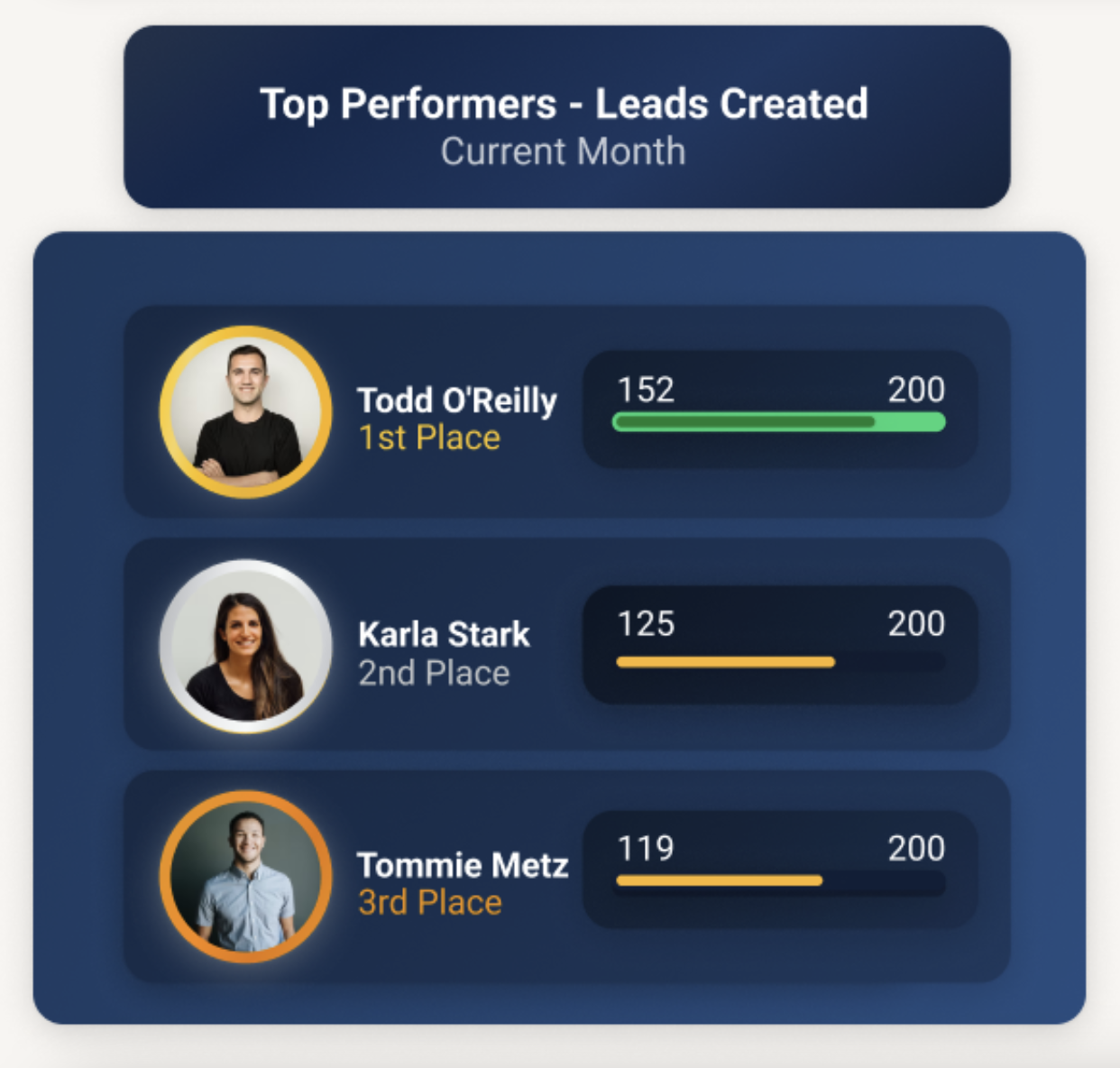
Managing Content
As a one-stop shop for all things sales, enablement technology can also help teams store and share content across multiple platforms, making it easier for teams to collaborate on projects from any location.
Whether it is passing information from one team member to another, or it is designing and presenting presentations and sales proposals, this technology helps make sales teams more productive by providing the right tools at the right time.
Enablement platforms can also help manage marketing material, like sales collateral, approved messaging, etc, to boost collaboration between marketing and sales teams, thus generating more effective processes.
By optimizing content management, sales enablement proves to be an asset to companies of all sizes.
Tracking Data and Analytics
Enablement technology can help sales teams track and analyze data in a few different ways.
First, it can help to automatically collect customer data which can then be used to create targeted content and campaigns. This data can also provide valuable insights into customer behavior and preferences that can be used by both sales and marketing teams to refine strategies and optimize results.
Additionally, these sales tools can help analyze user interactions with content, allowing sales managers to identify which resources are the most successful in engaging customers.
Overall, sales enablement technology provides teams with a wealth of data that they can use to craft more effective sales and marketing strategies for engaging customers and driving business results.
Assisting Project Management
Zooming out a bit, we see that while there are countless individual things sales enablement software assists with, such as tracking data, automating systems, or managing content, combined we see that this sales tool is a mastermind of project management.
From ensuring teams have the resources they need to effectively engage buyers and close deals, to streamlining systems to increase efficiency and productivity, enablement solutions help connect marketing and sales cycles, creating a flawless sales process.
Sales Enablement vs Sales Operations
One of the several names that sales enablement is often confused with is sales operations. And while they overlap slightly, sales operations and enablement are two distinct areas of focus within the sales process.
A general summary is that sales operations are a more technical approach to sales processes, focusing more on analytics and strategies to boost sales and efficiency while enablement does just what its name suggests, enabling sales teams to close more deals through tools and engaging platforms.
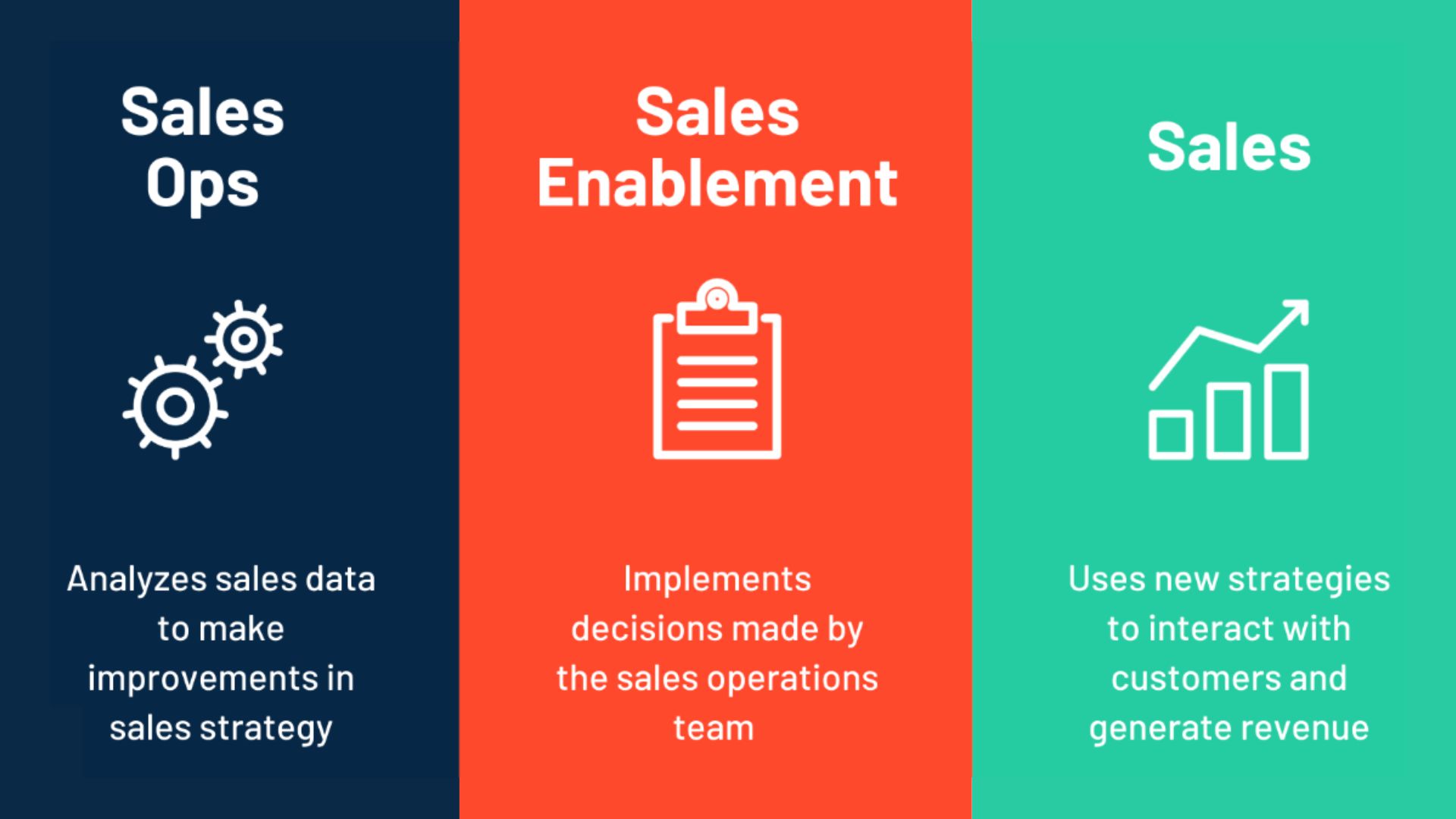
Sales enablement is focused on preparing sales reps for buyer engagements by managing sales training, onboarding, and readiness programs, while sales operations handle team organization and logistics. Enablement supports the sales force through learning and content – geared mainly toward improving each buyer interaction. On the other hand, sales operations examine the data and devise new strategies for boosting sales and the effectiveness of sales leaders and teams.
A successful strategy should involve both areas working together to ensure that a company’s sales team is well-equipped to meet its goals.
Sales Enablement KPIs
Increased Sales Conversion Rate
The goal of every salesperson is to convert more prospects and bring their company new clients and a major KPI from using enablement is just that: enablement platforms help increase sales conversion rates.
By providing sales teams with the right strategies, tools, content, and other resources to help them succeed, this type of sales technology helps ensure that customer-facing teams are able to efficiently move buyers through the sales process.
This helps increase conversion rates by making it easier for customers to understand their options and make informed decisions.
Enhanced Customer Satisfaction
Enablement software offers unique and tailored ways for companies to engage their customers. This includes exclusive interactive experiences that are crafted based on their customers’ specific needs.
By improving customer relations, sales enablement can provide more positive and effective encounters that promote trustworthiness, enabling a lasting connection between business and customer.
Additionally, by personalizing spaces and creating a sense of familiarity with established customers companies can increase customer loyalty and drastically enhance overall customer satisfaction.
Improved Customer Lifetime Value
Customer LTV (lifetime value) is one of the most important (and often most challenging) things for businesses to manage. Because it is much more costly to find new customers than to keep existing ones, nurturing customers in order to reduce churn is a common priority for businesses.
And because customer LTV is often directly related to customer satisfaction, improved LTV is another KPI of utilizing sales enablement platforms.
Why B2B Companies Need Enablement Solutions
If you are a B2B company that desires any of the KPIs above or if you are struggling in any of the things below, then you need an enablement solution:
- onboarding processes
- keeping track of tasks
- managing content
- motivating teams
- engaging customers
- tracking data
- guiding projects
Why? Because, as we said before, enablement software is like the Walmart of business. With everything in one place, no matter where you are or what problems you have, the likelihood that this sales technology can solve them is very high.
Now, if you are a company that is only struggling with one of the problems above, a specialized service might make more sense from a financial perspective than investing in an entire enablement platform.
But for the vast majority of companies that are struggling with a large percentage of the problems above, enablement technology is an effective solution. Sourced to a study by LinkedIn Business, an exciting 97% of sellers rate sales enablement as a “very important” tech tool.
Best Sales Enablement Tools
Because of its effectiveness, sales enablement technology has become a must-have in the sales world. Below are our top 5 picks of the best enablement software out there.
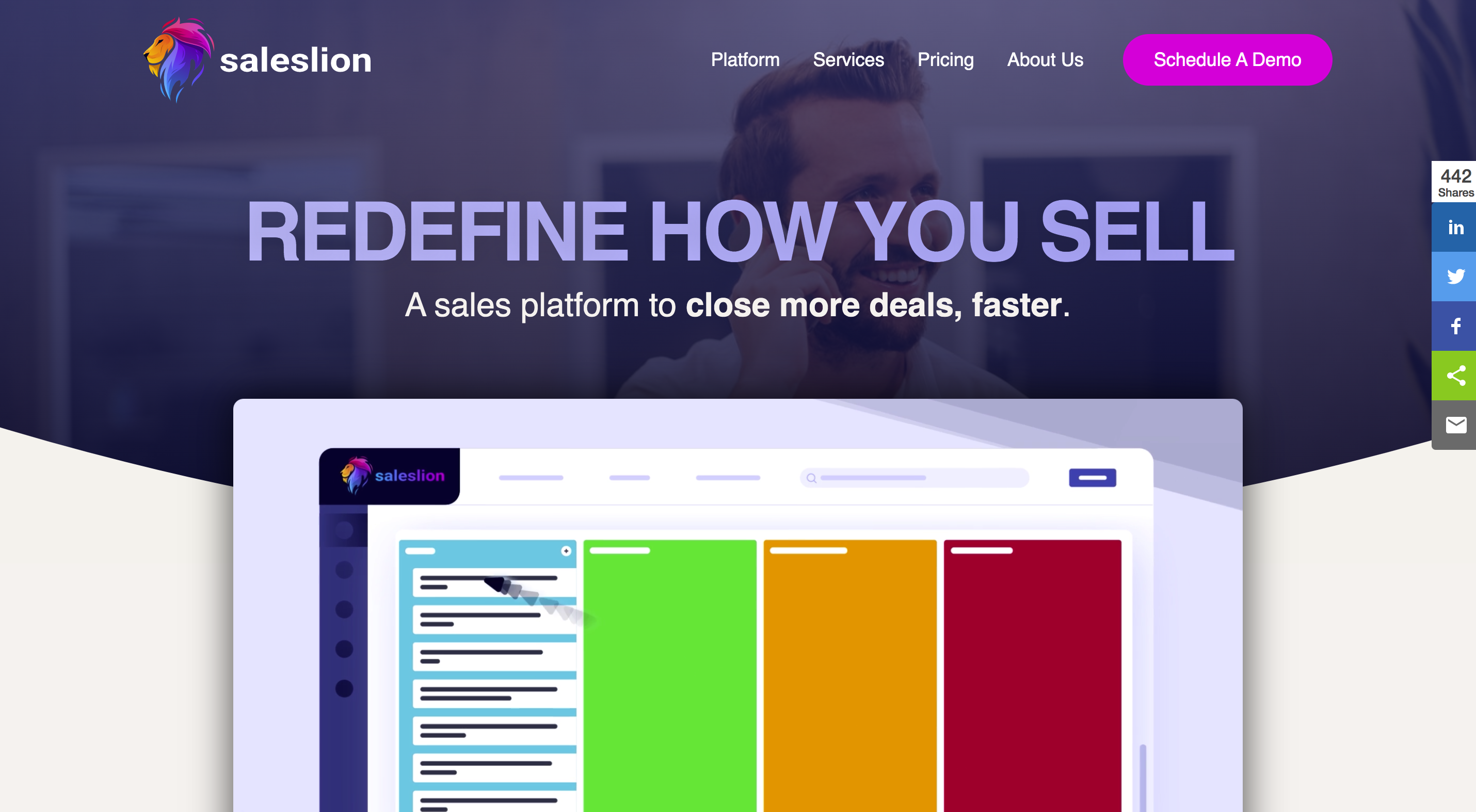
Saleslion is revolutionizing the way enterprise companies do business. By offering a sales enablement platform that not only converts more customers but also develops systems to enhance the company’s entire sales experience, Saleslion enhances a wide variety of phases in the sales funnel, from developing more effective discovery phases to scaling the closing process.
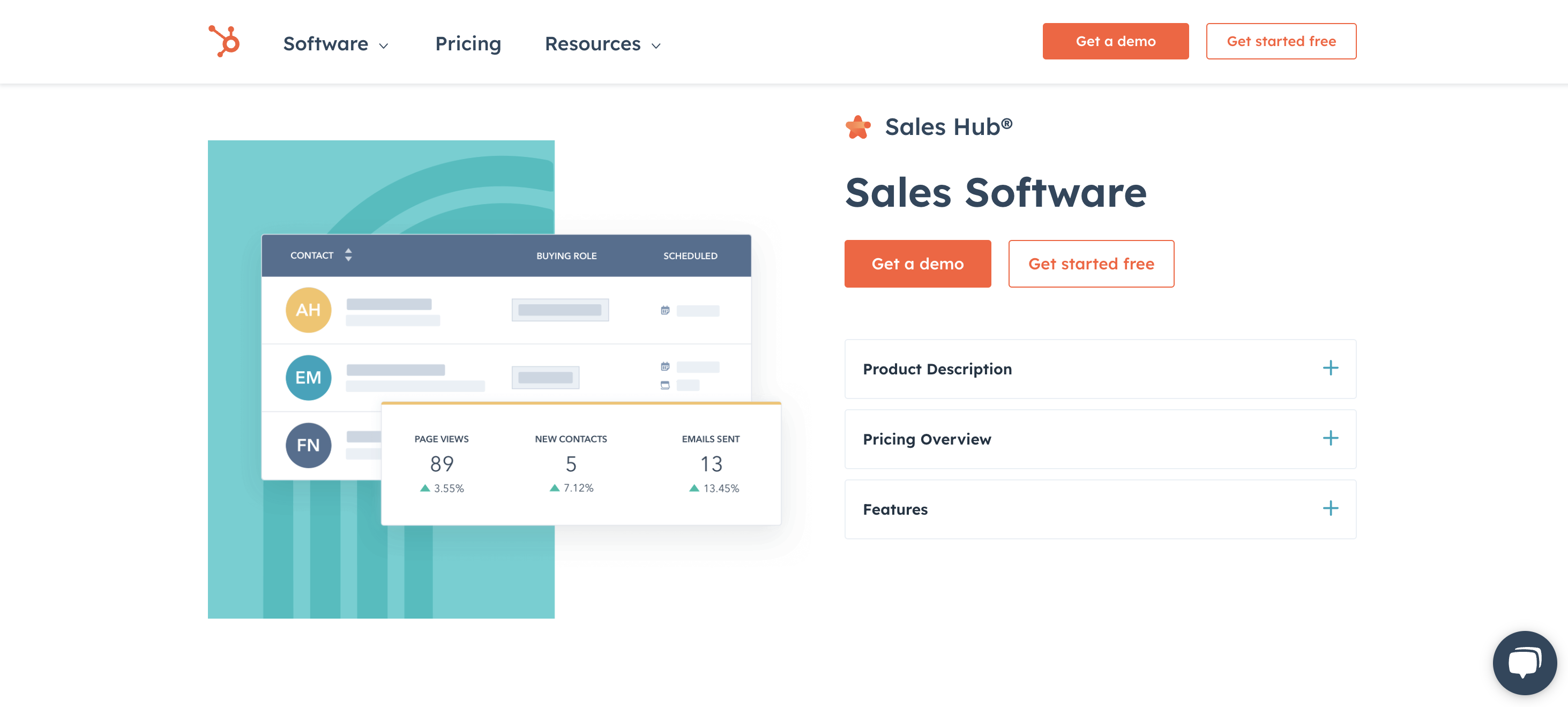
Hubspot Sales Hub is enablement software that is connected to Hubspot’s CRM technology. Sales Hub provides a wide range of features to create an incredible tool for companies to manage and communicate with their customers. And paired with an extensive pool of resources, Hubspot helps companies of all sizes increase their sales effectiveness.
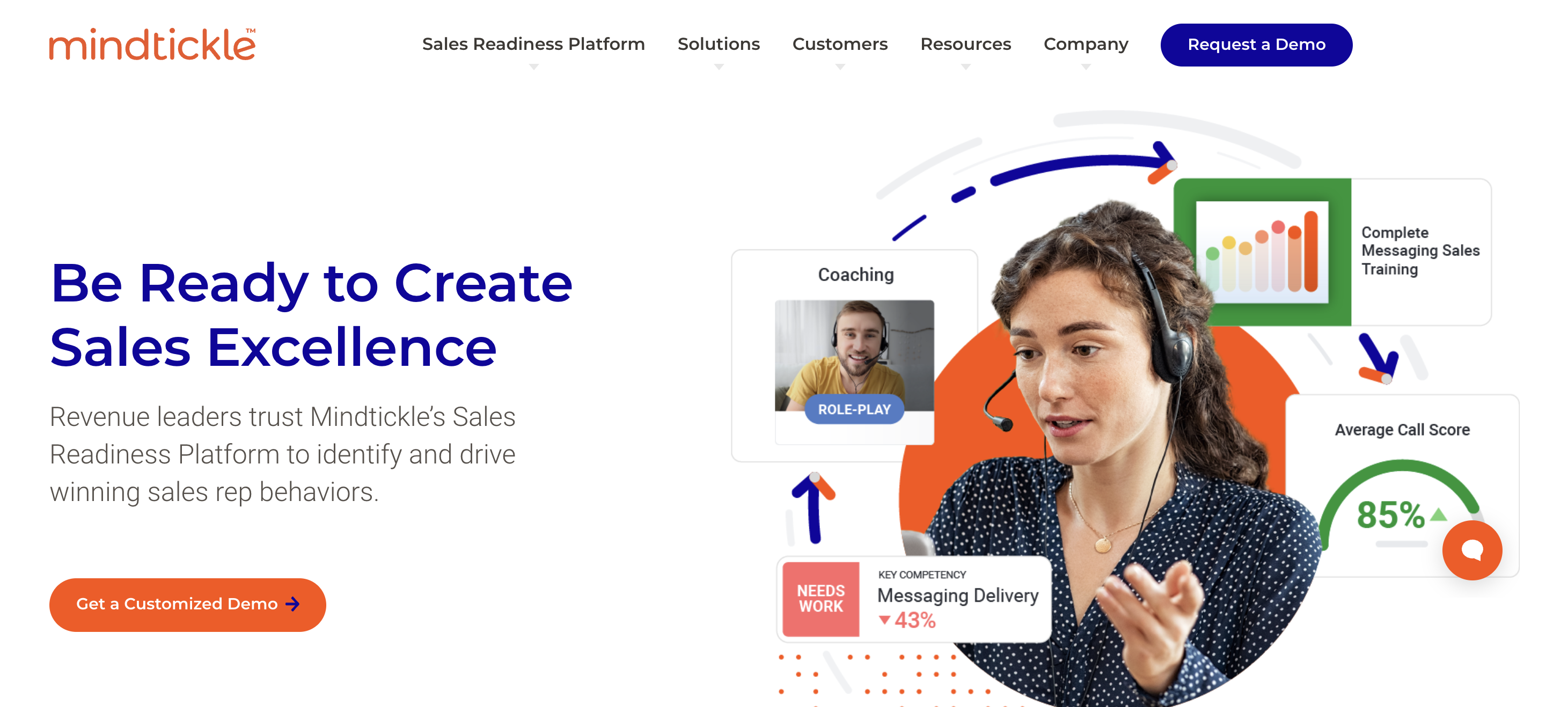
Mindtickle is a sales readiness platform that focuses its efforts on developing sales teams with the skills and tools they need to engage in sales processes more effectively. By assisting with onboarding processes and sales training, Mindtickle helps teams generate more revenue.
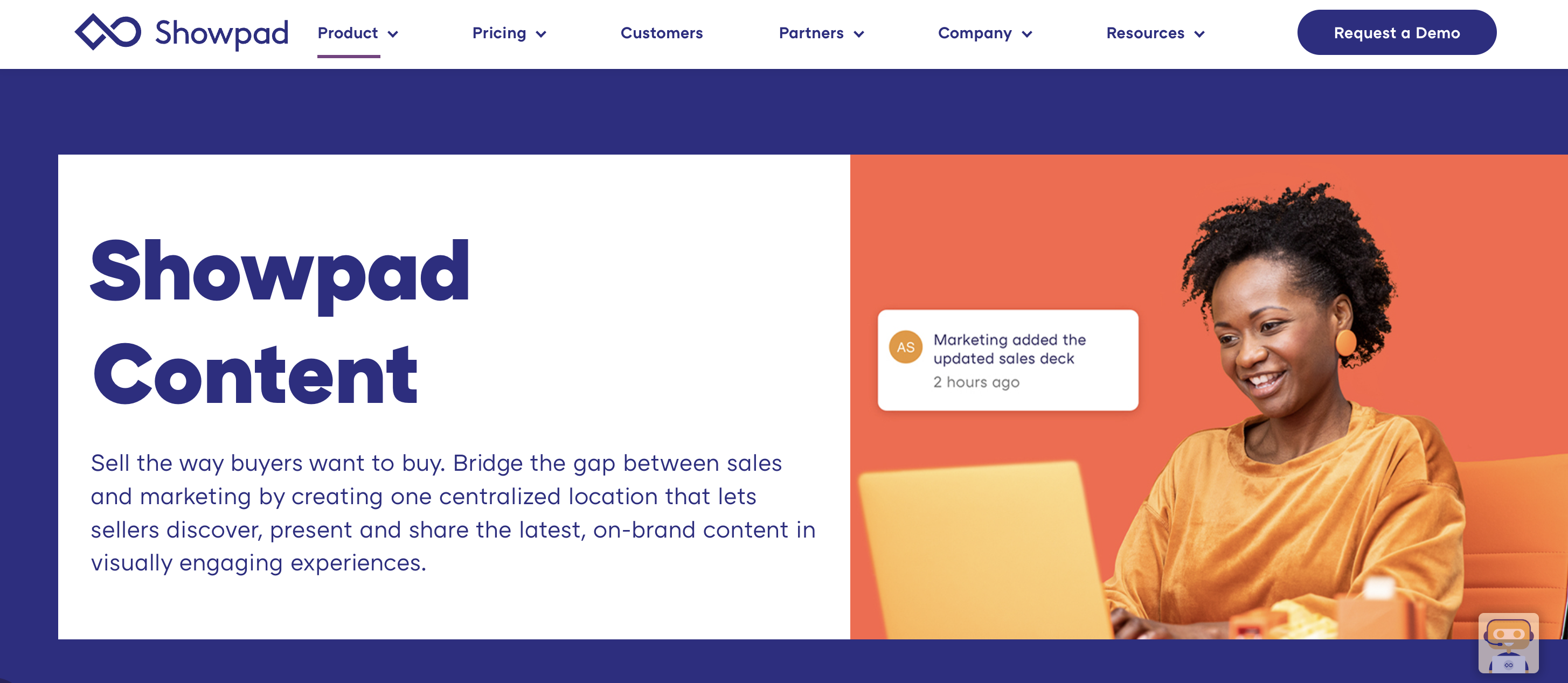
Showpad Content is a sales content management system that helps both marketing and sales better engage with their customers by providing ideal content for sharing with prospects. With this enablement strategy, Showpad helps its customers unleash growth.
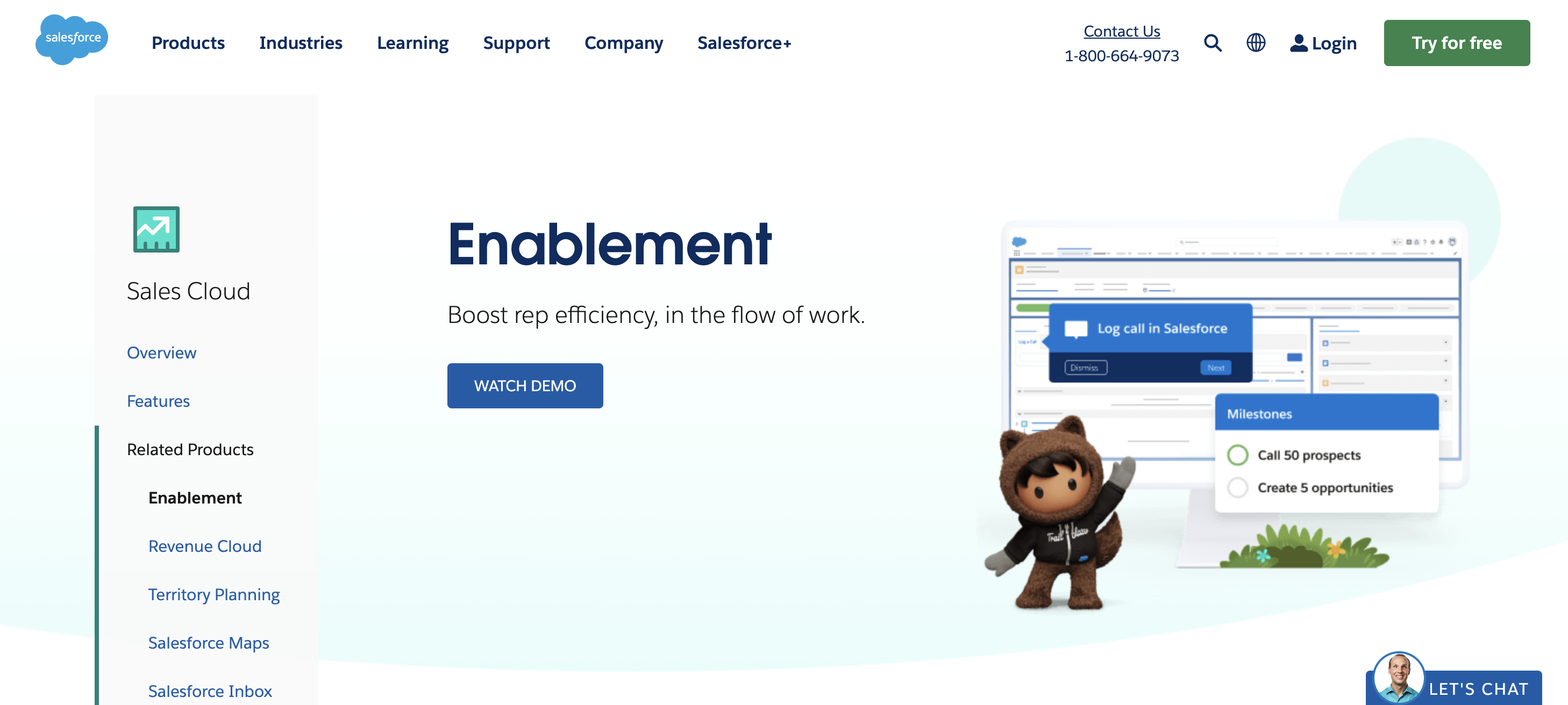
Salesforce is another CRM platform that helps team members to generate a more effective sales process by providing sales reps with data and information about their customers, enabling them to make better, more informed decisions on how to best add value. The enablement platform is one of many products in Salesforce’s Sales Cloud to assist with increasing sales productivity.
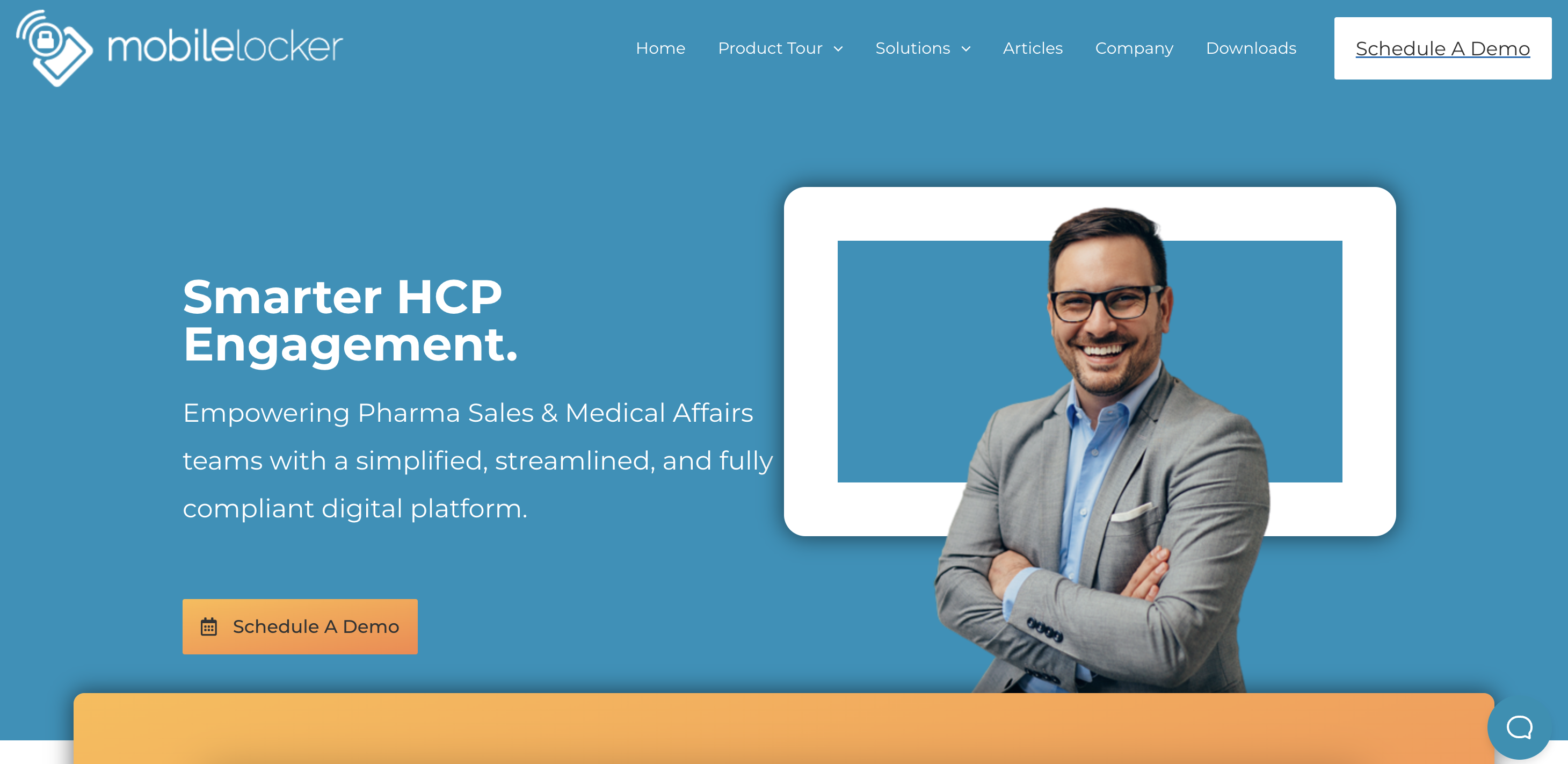
Mobile Locker is another enablement tool that helps increase sales by utilizing a simple and streamlined digital platform to deliver the right content to customers. Focusing on assisting pharma sales and other medical-related affairs, Mobile Locker helps marketing and sales teams monitor and manage all customer interactions, allowing them to serve their customers more effectively.
Key Takeaways
In summary, sales enablement is an integrated approach to providing sales teams with the right resources and insights to succeed in their customer engagements.
Through various tactics such as content optimization, training and coaching, process optimization, performance management, and technology implementation, enablement helps organizations optimize their sales processes and increase conversion rates by providing customer-facing teams with the tools they need to effectively engage customers.
Additionally, a sales enablement strategy helps build strong customer relationships by providing personalized experiences designed to build trust and loyalty.
If you would like to scale your sales process, from discovery to proposal, reach out to us today to access the incredible sales enablement platform that Saleslion provides.